Religion, and the spirituality that keeps it fresh, holds the power to transform our lives. Take Holy Week, for example. Holy week is an ancient practice of soul-care. It is, at its core, a mapping of the human journey—from our grand entrance, through ups and downs of our lives, into suffering, death, and final transformation. Holy Week aims to teach us to walk our journey with courage and hope, no matter what may come our way. Holy Week is a crash course in being human, and being human well.
I don’t know where else we can go to school ourselves in what it means to live well. There are, of course, classes and books and teachers—many of them quite good and helpful. But over the course of my life and ministry, I’ve come to more fully appreciate this ancient practice as some of the best soul-care available, some of the best teaching on living and dying well that we can find anywhere. What’s more, it’s an annual ritual that we do together. Over and over, in the course of a life, we come to this annual renewal of our understanding and practice of what it takes to live well.
So I write to invite you into Holy Week. I invite you into all of it, all eight days. Here’s a little map for your journey:



